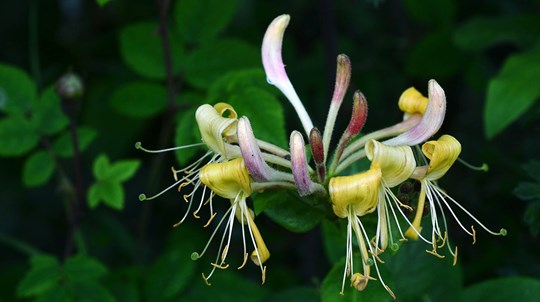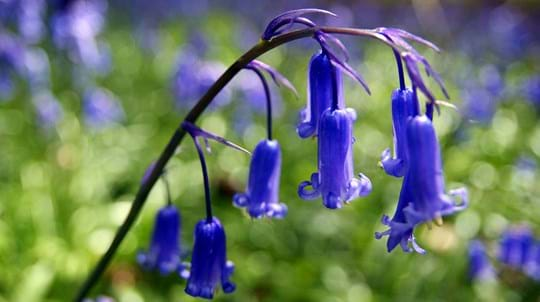
Credit: Brian Hird (Wildflowers) / Alamy Stock Photo
Uses of meadowsweet
Meadowsweet has painkilling properties thanks to compounds similar to aspirin. It was steeped in water as a relieving tea before medicines for pain were widespread.
It’s also edible and can be used as flavouring in a similar way to elderflower.
It was once valued for its lasting fragrance; the dried flowers were strewn across floors to perfume the home. It was also used in Anglo-Saxon times to flavour mead.








